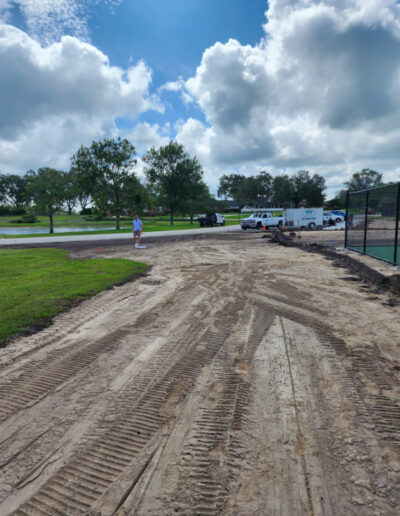Water irrigation systems are vital for maintaining lush, green landscapes, whether residential or commercial. With the right setup, you can ensure that your yard or garden receives adequate water without wasting resources. This article will delve into the basics of water irrigation system installation, highlighting key considerations, types of systems, and tips for finding reliable professionals in your area.
Understanding the Basics of Water Irrigation System Installation
When it comes to yard irrigation, understanding the fundamentals is essential for effective installation and maintenance. A well-designed irrigation system ensures that your plants receive consistent moisture while minimizing water waste. Various factors such as soil type, plant species, climate conditions, and landscape layout influence how you should set up your system.
Installing a water irrigation system involves selecting the right components tailored to your specific needs. For instance, if you're considering lawn sprinkler system installation, you'll need to irrigation system choose between traditional spray heads and more efficient drip systems based on your landscape requirements. Many homeowners opt for professional help from residential irrigation companies to ensure that every detail is meticulously addressed.
Types of Water Irrigation Systems
1. Drip Irrigation Systems
Drip systems deliver water directly to the root zone of plants through a network of tubes and emitters. This method conserves water by minimizing evaporation and runoff.
2. Sprinkler Systems
Sprinklers are popular for larger areas and come in various configurations such as stationary or rotating heads. They can be adjusted according to different zones in your yard.
3. Soaker Hoses
Soaker hoses are porous hoses that release water slowly along their length. They are ideal for garden beds and flower gardens where you want targeted watering.
4. Underground Sprinkler Systems
For a more permanent solution, underground sprinklers offer a sleek look while providing coverage across large areas without visible equipment above ground.
Choosing the Right Components
The selection of components plays a crucial role in the effectiveness of your irrigation system:
- Sprinklers: Choose from oscillating, rotating, or stationary sprinklers based on your yard’s layout. Pipes and Tubing: High-quality PVC or polyethylene pipes ensure durability. Valves: Automatic valves allow for timed watering schedules. Controllers: Smart controllers can adjust watering based on weather conditions.
Planning Your Water Irrigation System
Before diving into installation, proper planning is essential:

Yard Sprinkler Installation Process
Once you’ve planned out your design, here’s how to proceed with yard sprinkler installation:
Finding Reliable Sprinkler Irrigation Companies
Choosing the right professionals is key to successful water irrigation installation:
- Look for local companies with good reviews (e.g., “top rated irrigation companies near me”). Ensure they provide services like sprinkler system replacement or maintenance plans. Ask about warranties offered on installations (this shows confidence in their work).
Maintenance Tips for Your Irrigation System
Regular maintenance ensures long-lasting efficiency:
- Check for clogs in emitters or sprinkler heads regularly. Adjust settings seasonally according to changing weather patterns. Inspect pipes for leaks or damage after heavy rainstorms.
FAQs About Water Irrigation Installation
Q: How do I know if I need an irrigation system?
A: If maintaining a healthy landscape or garden becomes challenging due to inconsistent rainfall or dry patches in your yard, an irrigation system can greatly assist in achieving optimal moisture levels.
Q: What should I consider when choosing an irrigation company?
A: Look into their experience level, customer reviews, service offerings (like residential sprinkler system installation), and warranties on work performed.
Q: Can I install an irrigation system myself?
A: While DIY installations are possible with some research and effort, hiring professionals often yields better results due to their expertise in design and execution.
Q: How much does lawn irrigation installation cost?
A: Costs vary widely depending on yard size and chosen components but typically range from $1,500 to $5,000 for complete installations.
Q: What are smart controllers? Are they worth it?
A: Smart controllers automate watering schedules https://clearwaterjax.com/irrigation-sprinkler-system-repair based on real-time weather data; investing in them can lead to significant water savings over time!
Q: How often should I run my irrigation system?
A: Frequency depends on plant needs and local climate; generally speaking, most lawns benefit from about 1 inch of water per week distributed evenly over multiple days.
Conclusion
Understanding the basics of water irrigation system installation lays the groundwork for maintaining healthy landscapes efficiently. Whether opting for professional assistance from local landscaping companies or tackling it yourself as a DIY project—knowledge is power! By considering various systems available today alongside proper planning techniques—you stand poised not only to save time but also precious resources like water! Don’t hesitate to reach out to nearby irrigation service companies when you’re ready; they can provide invaluable insights tailored specifically towards ensuring lush greenery thrives all year round!